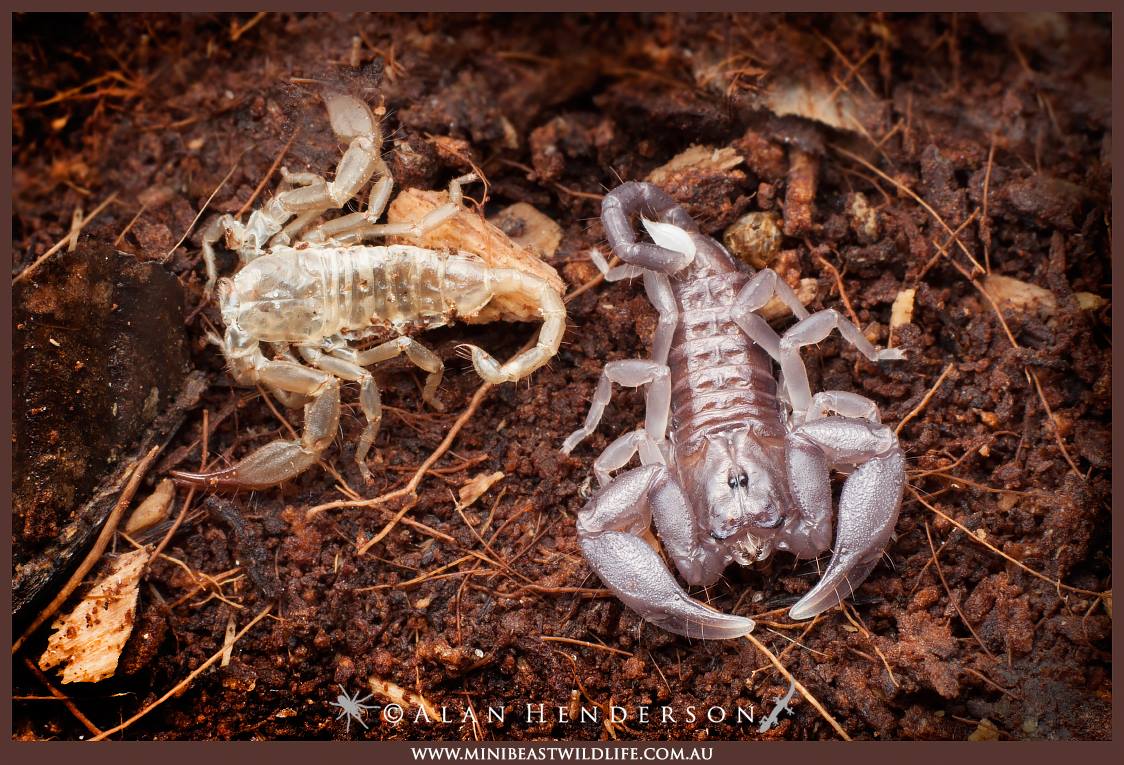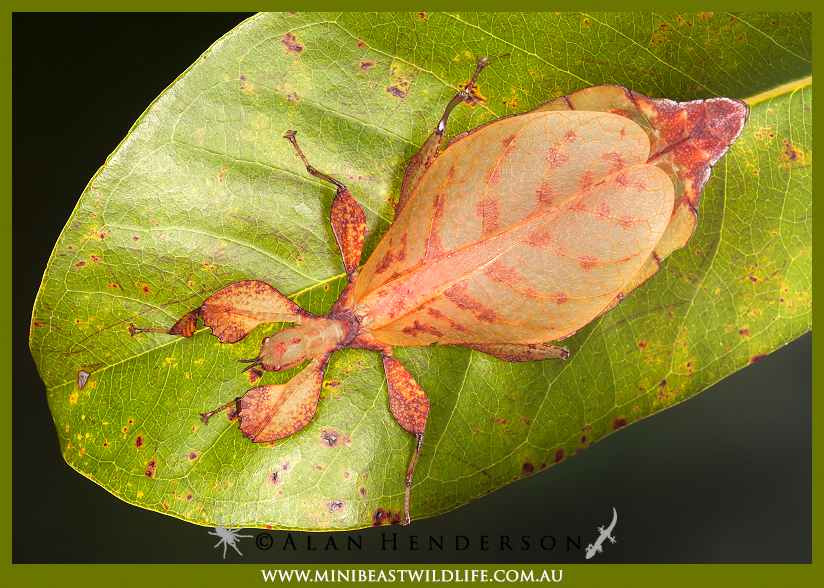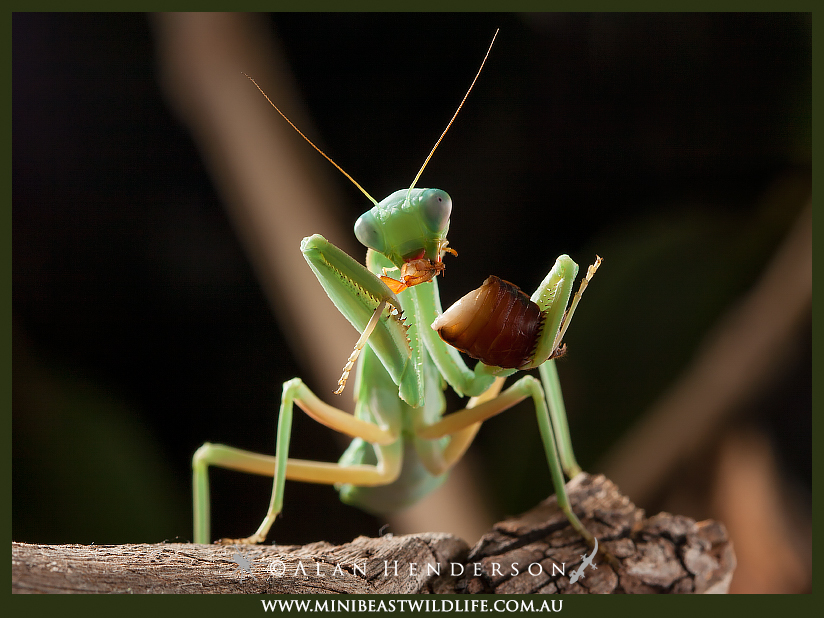Bug keeping might not be your speciality and that’s okay. It is our mission to provide you with all the resources and information you need to succeed in keeping your bug pet. Here we answer the most frequently asked questions about housing, health, feeding, behaviour and more for the most popular groups of invertebrates we have available.
It is our mission to provide you with all the resources and information you need to succeed in keeping your bug pet. Here we answer the most frequently asked questions about housing, health, feeding, behaviour and more for the most popular groups of invertebrates we have available.

This is normal. Tarantulas are ambush hunters that spend most of their time in the wild hidden in burrows and only come to the surface to hunt at night. In captivity they will be a little more confident and sometimes sit out during the day, but younger specimens are often quite timid and will only venture out at night. Check in on your spider at night and you will often see it out ready for food.
We don’t recommend handling Australian tarantulas for a couple of reasons. Handling puts the spider at risk. Smaller specimens can run fast and may escape and die as a result of being lost inside a house. Larger specimens can seriously injure themselves or die as result of falls from far less than a metre from the ground. The spider doesn’t benefit at all from being held, so it is an unnecessary risk to its well being. Moreover, while Australian tarantulas are not dangerously venomous, larger specimens can give a painful bite. Whether or not to handle your pet is your choice, but avoiding unnecessary risk is part of becoming a better invertebrate keeper.
Assuming your enclosure and conditions are suitable as per our Care Guide, if your spider pet has gone off its food and has suddenly become more secretive there is a good chance that it is preparing to moult (ecdysis). Spiders typically stop eating a week or so prior to moulting and will take about the same period after moulting to regain their appetite. If you suspect your spider is going to moult, do not leave live food insects in its enclosure as they can harm your spider during the vulnerable moulting process.
In the wild, various species of spiders will take on a great variety of prey of different sizes. When capturing prey, there is always a risk that the prey animal could injure the spider while defending itself by biting, stinging or kicking. In captivity, most people use crickets or ‘Woodie’ cockroaches as food for spiders. This insects have hard mandibles and depending on size, are capable of injuring pet spiders. To minimise risk, we recommend that food insects be 1/3 the body size of the spider.

Most likely not, as scorpions can go a long time (months) without food, so a week or two isn’t a problem at all. It is not uncommon for people to over-feed their scorpion pets in captivity, so now and then they simply need a break! It is a good prompt to re-evaluate the conditions to ensure you are providing the necessary environment, including correct temperature, humidity and substrate moisture. If the substrate has dried up, or the temperature has dropped, this may cause the scorpion to stop feeding. If all is well, it has been eating regularly and has suddenly stopped it could indicate that it is approaching a moult (ecdysis). Scorpions typically stop eating a week or so prior to moulting and will take about the same period after moulting to regain their appetite. If you suspect your scorpion is going to moult, do not leave live food insects in its enclosure as they can harm your scorpion pet during the vulnerable moulting process.

Try a different species of leaves, or even the same species form a different tree. You may also want to try putting a few different kinds of leaves in the enclosure at once to find out which species your stick insect likes best. Sometimes phasmids may be happy eating a particular species for a long time, and then suddenly go off it. This may be due to seasonal changes in the chemicals within the leaves. It is important to always be sure that you phasmids are actually eating what you are feeding them. A good indication that your phasmid is eating is by checking that they are producing waste (poo or frass) which they drop on the bottom of the enclosure.
This is normal, as long as your phasmid is still sitting in the branches. These animals rely on camouflage to protect themselves, and movement risks them being spotted by predators. When they do move, most sway back and forth whilst walking. This is behavioural camouflage, and makes them look like a leaf or twig being moved by the wind. Not moving much is also a good way to conserve energy. However, if your phasmid is stationary on the bottom of the enclosure, this can indicate that it is unwell, and may need some emergency measures to help it get back on its feet. Contact us at Minibeast Wildlife for help as soon as possible.
Phasmids lose their limbs as a form of defence, a process called autotomy. It can grow back a lost leg if it is still a nymph with two or three growth stages ahead of it. Limbs are regenerated in stages when the insect moults. Usually, the leg reappears as a stub or tiny curly leg the moult after the loss occurred. After the next moult the leg will be fully formed but is usually noticeably smaller than the other legs. After a third moult, the leg may be very similar to the others in size and form. Adult phasmids cannot regrow their legs.
Leg loss during a moult can occur for several reasons; those listed below are the most common in captivity.
In continuous warm conditions (22 – 26°C) the eggs of most Australian phasmids will begin hatching around three months after being laid. If you do not have the eggs in an incubator and they experience some cooling, then the incubation period will often be extended. Some eggs will enter a state called diapause where they do not continue to develop until they are stimulated by other factors. Favourable seasonal conditions such as warming and increased humidity are often the stimuli they require. Minibeast Wildlife has recorded Extatosoma tiaratum eggs hatching three years after being laid, when they experience seasonal cooling.
Soaking the eggs briefly, then warming them with increased humidity is a good way to stimulate hatching for eggs over three months old.
If you have purchased an invertebrate pet from Minibeast Wildlife, or from anywhere else, then it is best not to release your pet into the wild. The reasons behind this are varied, but there are issues with releasing a species that is not usually found in your area, which could cause problems for your local ecosystem. Even if the species you have is found in your area, if the animal has been bred in captivity, it may not have the same resistance to threats and diseases in the wild and may not survive long anyway. If you can’t keep your invertebrate pet anymore, the best option is to try to rehome it. You can ask friends or family, or even a local school or kindergarten. If you are stuck, then contact us here at Minibeast Wildlife, and we may be able to help you out.

This can happen if the food insects being offered are too big for the mantis. Young mantids can be particularly timid, so we recommend food insects about 1/3 the body size of the mantid to be safe. Not wanting to eat (and running away from live food) can also be an indicator that your mantid is preparing to moult (ecdycis). Mantids typically stop feeding a day or two prior to moulting and resume a day or so afterwards. Live insects can interrupt the moulting process which can result in the death of your mantid pet, so remove any live insects from the enclosure promptly if the mantis isn’t interested in feeding.